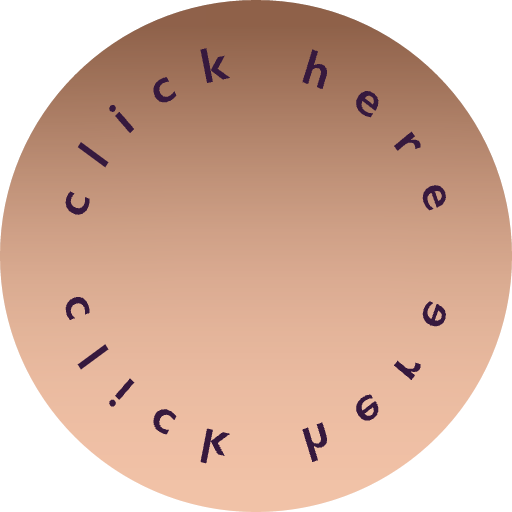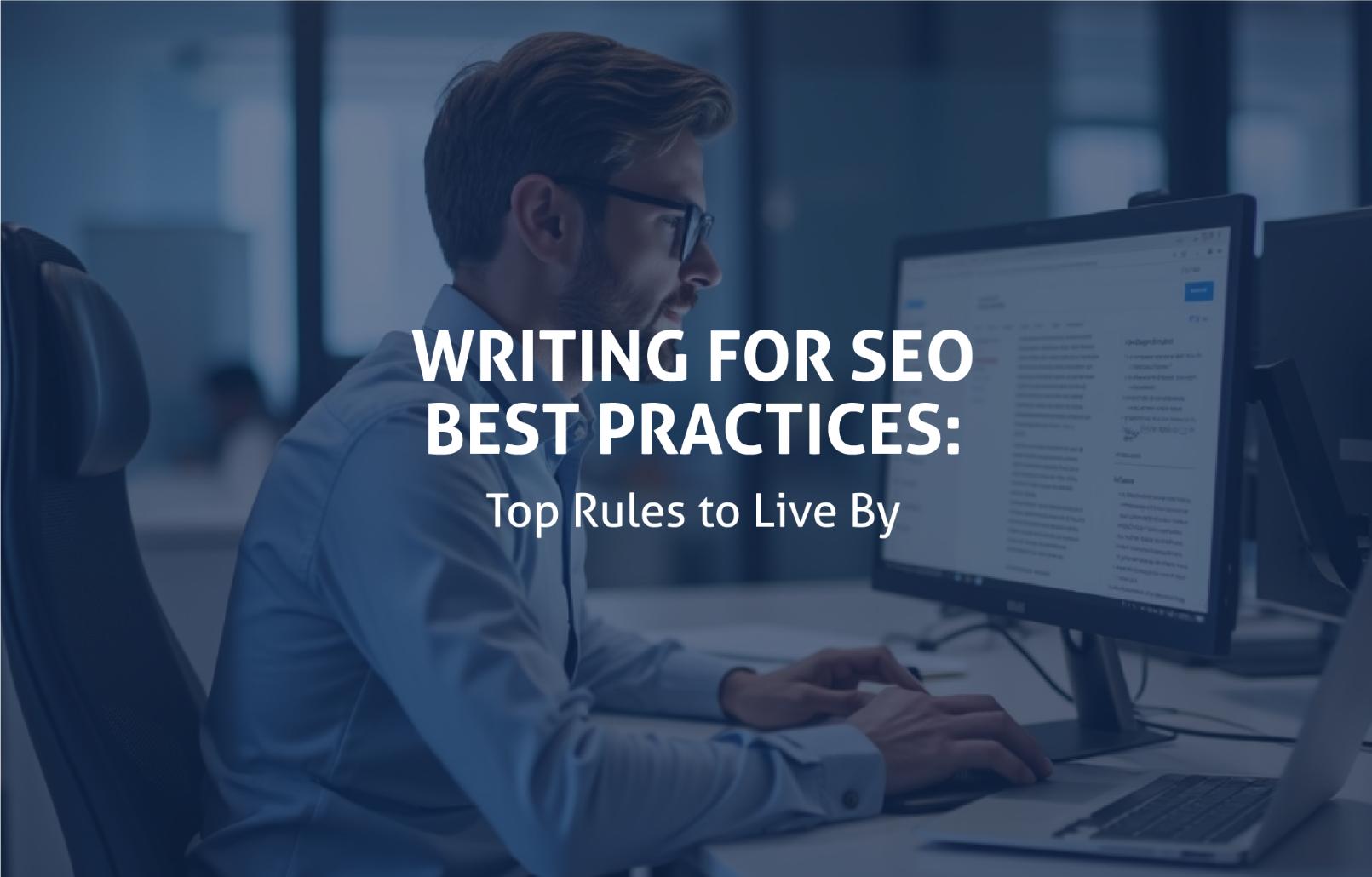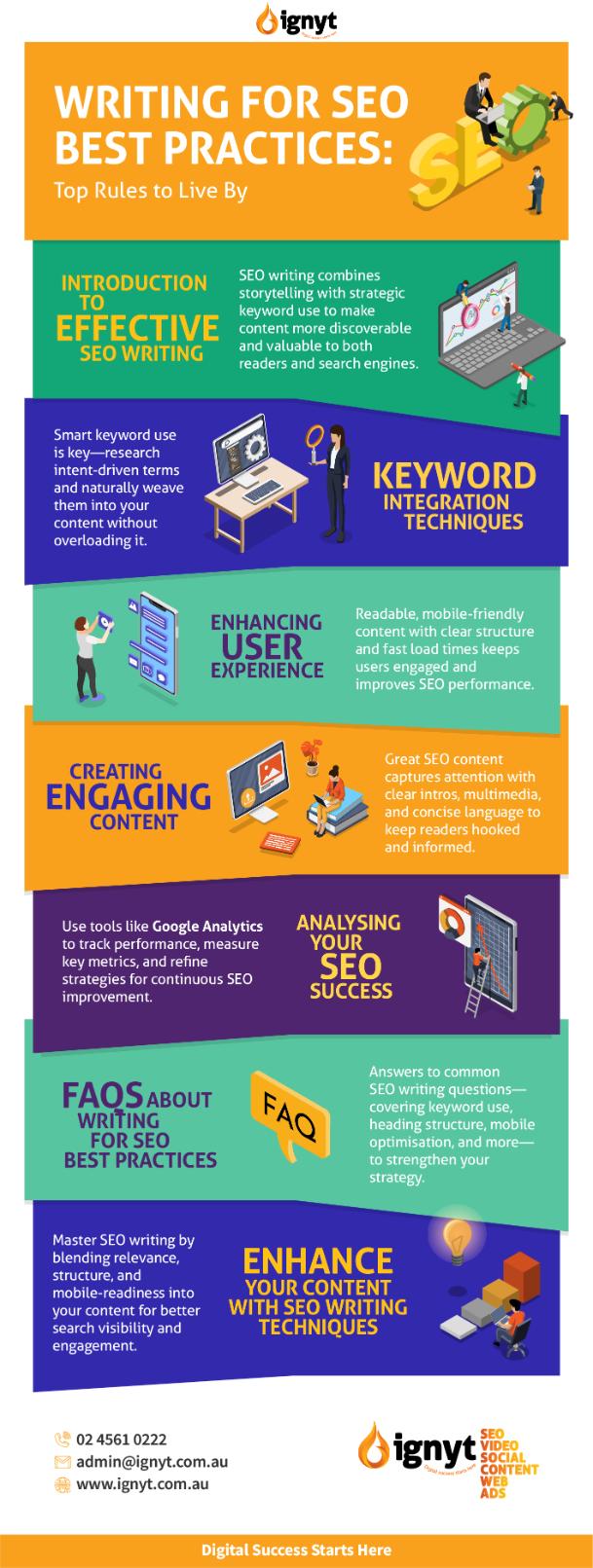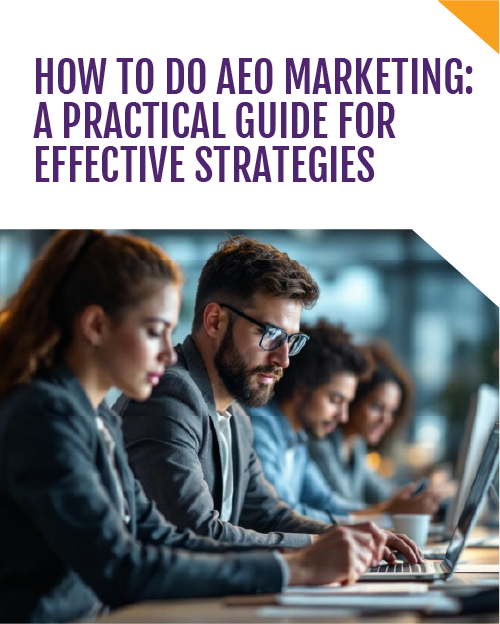Engaging content grabs and keeps your audience’s attention.
By emphasising clarity and substance, you can foster valuable and meaningful interactions with your readers.
Writing Compelling Introductions and Conclusions
An engaging introduction sets the tone for the entire piece and captivates the reader’s attention right from the start.
It should spark curiosity, drawing the reader in while providing a glimpse of the valuable insights they can expect to gain.
A strong introduction might:
- Pose a thought-provoking question
- Share a relevant anecdote
- Present a surprising fact that resonates with the audience.
Equally important is a well-crafted conclusion.
It should reinforce the main points and encourages further action or reflection—whether that means prompting the reader to consider a new perspective, motivating them to implement a call to action, or simply lingering in their thoughts long after they’ve finished reading.
Utilising Visuals and Multimedia
Images, infographics, videos, and interactive content serve to break up the monotony of text, making the material more inviting and digestible.
They also play a crucial role in illustrating complex concepts quickly and memorably, allowing readers to grasp ideas more easily.
- For example, to enhance its corporate blog, a tech company could use vibrant visuals, compelling narratives, and diverse mediums like infographics and explainer videos to address real-world problems and engage its audience.
Also, incorporating interactive elements like polls or quizzes can increase reader interest and establish the blog as an authoritative industry resource.
It’s essential, however, to make sure these visuals complement the text and are of high quality.
Poorly executed visuals can detract from professionalism and undermine the impact of your message.
Always consider the relevance of the visuals to your content and aim for a cohesive integration that enhances the overall narrative.
Crafting Clear and Concise Sentences
Craft clear and concise sentences to keep the reader focused and to make sure your message is conveyed effectively.
Here’s how:
- Use simple language that everyone can understand.
- Write short, direct sentences to make the text easier to read.
- Organise the content into clear paragraphs for better flow and structure.
- Break up longer paragraphs into shorter ones.
- Use an active voice to improve readability.
Aim to eliminate unnecessary filler words such as:
- Actually
- Basically
- Really
- Very
- Like
- Kind of
- Somewhat
- Literally
Strive for simplicity without sacrificing depth.
This not only encourages a smoother reading experience but also clarifies complex ideas, enhancing the overall impact of your content.
Remember, the goal is to communicate your ideas as clearly as possible, allowing your audience to absorb and reflect on the content without distraction.

